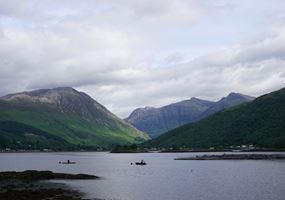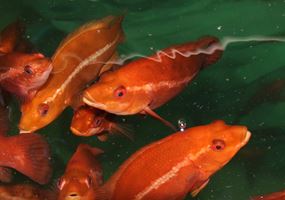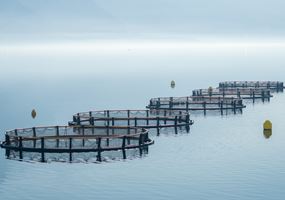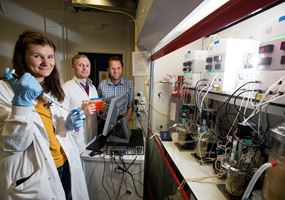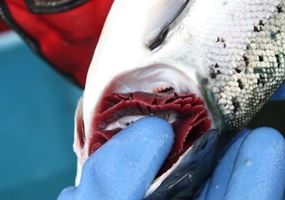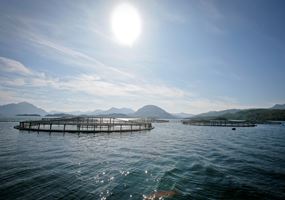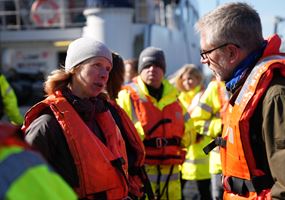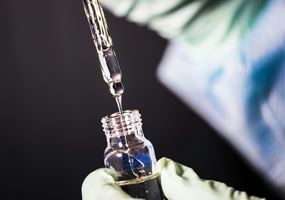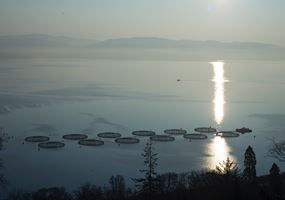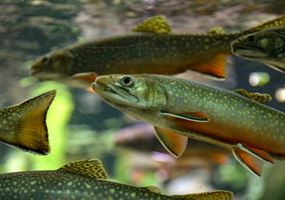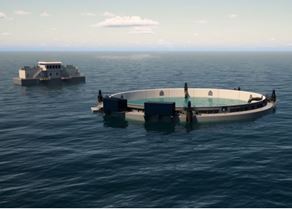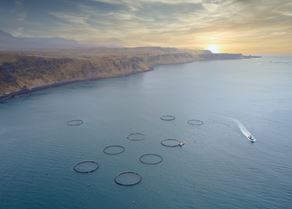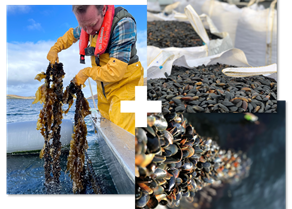Projects
We channel our resources into the areas that will benefit the Scottish aquaculture sector the most, including reducing its environmental footprint and increasing its economic impact.
Sign up to our Newsbites for project updatesIncreased harvest volumes of salmon and reduced reliance on medicinal controls, with...
This project aims to develop a simple and cost-effective mass testing tool that could...
A go-to diagnostic system for testing new feeds prior to in vivo trials, providing de...
Unlocking the mechanisms underlying the variability in gill pathology, generating nov...
This project successfully repurposed diagnostic technologies from human and veterinar...
This project explored the use of a water treatment technology (CleanTreat®) to suppor...
This project not only met but exceeded its main objectives, yielding two significant...
Addressing specific scientific questions to fully understand the efficacy and impacts...
The primary objective of this study was to identify the cause of failed fish syndrome...
Industry-academic collaborations
Some of our projects have a lifetime of less than one year, while others are longer-term, multi-partner collaborations of up to three and a half years. Each project unites industry know-how with specialist academic expertise; something that SAIC works hard to encourage by helping forge the necessary connections.
Priority innovation areas
Our work is focused on catalysing and co-funding innovation in the areas identified by the sector as being top priorities. We call them our priority innovation areas – or PIAs for short.
Over the years, the industry’s priorities for innovation have evolved. Therefore, so too have our PIAs. This helps ensure that we continue to deliver maximum benefit from the combined investment being made. SAIC's three PIAs are 1: Finfish health & welfare, 2: Unlocking sector capacity, and 3: Shellfish and other non-finfish species.
